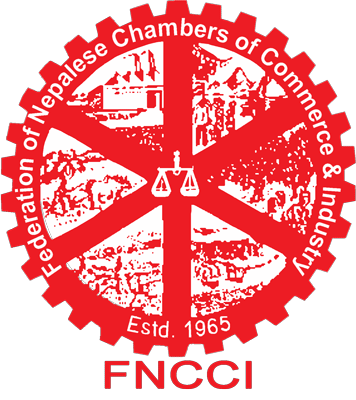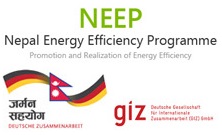Sector highlights
Soap is a basic material necessary for cleaning and sanitary purpose. Technically, soap is a metallic salt of a fatty acid, often made with calcium, aluminium and lithium. Production of Soap in Nepal is mainly in the solid form that is made by a reaction of Sodium Hydroxide reacting with the fatty acid from animal or vegetable oil. By 2006 the number of manufacturing of Soap and other Preparation was 31 with employment of 1,704 persons with the value of output of NPR 3.78 Billion with the inputs of NPR 2.43 Billion and value added of NPR 1.35 Billion (CBS, 2007).
Soap industries in Nepal mainly produce laundry soap. Only around 15 percent industries manufacture toilet soap along with the laundry soap. The average installed capacity of the plant is 27.7 TPD and average production is 15 TPD. Production is hampered by load shedding in soap and chemical industries. During load shedding, the industries generate electricity themselves with Diesel gensets that are installed within the factory premises to carry on the production. Thus, the cost of production is high due to high energy cost of diesel fuel based backup systems (GIZ/NEEP, 2012).
Process
Soap manufacturing can be classified into two types. The small units have open pan boiling of oil and caustic with fire wood without any washing system, whereas the larger units have steam generation system and washing process.
Major process involved for soap production in medium and large units are
- Oil Melting,
- Saponification (Mixing and cooking),
- Washing,
- Fitting,
- Mixing (Crutcher),
- Filtration,
- Vacuum Drying,
- Plodding, Cutting, Stamping, Wrapping, and
- Packing.
 Process flowchart - Soap industry with washing unit
Process flowchart - Soap industry with washing unit
 Process flowchart - Soap industry without washing unit
Process flowchart - Soap industry without washing unit
Energy Use
Soap and Chemical industries consume both electrical and thermal energy in their processes. All the units are installed with boiler for steam generation except small scale pan boiling laundry soap manufacturing units. Electrical energy is mainly used for the drives, compressed air generation, refrigeration and lighting. Thermal energy, mainly rice husk, is used for the generation of steam from boiler. All the industries installed with boiler use rice husk as boiler fuel. The pan boiling units use firewood as source for thermal energy in its boiling (saponification) process.
Figure 2: Energy use by resource in Soap industry (GIZ/NEEP 2012)
Energy supplier to the industries is Nepal Electricity Authority through 11 kV supply in large and medium scale industries with time of day (TOD) metering and a 3-phase 400 V supply in the small scale industries with ordinary metering. All the large and medium scale units have their own Diesel gensets to supplement the power in their production during power failure from the central grid. Only about 25 percent of industries have installed capacitor banks to improve the power factor. Combustion efficiency in boiler is not checked by the industries. Leakages of steam are observed in the units. Insulations are not adequate in the steam distribution system in the units. About 50 percent of the industries lack proper insulations of steam supply pipes, flanges and valves.
According to GIZ/NEEP baseline study conducted in 19 soap industries, the total production capacity of these units is 157,920 tons per annum and these units are found to be producing only 85,407 tons of soap and chemicals in fiscal year 2010/11. They consumed 9.501 million units of electricity (kWh) and total thermal energy equivalent to 288,587.66 GJ worth NPR 333.68 million. The average SEC is found to be 111.25 kWh of electricity and 3,378.97 MJ of thermal energy per metric ton. CO2 generation is estimated to be 27,389 tons equivalent to 320.70 kg/ton.
Table 1: Specific energy consumption in Nepalese Soap industries (GIZ/NEEP, 2012)

Table 2: Energy use in 19 surveyed soap industries (GIZ/NEEP, 2012)

Major energy consuming sections in Nepalese Soap industries are listed below:
Thermal equipment
- Oil-melting
- Saponification
- Mixing
- Vacuum Drying
- Plodding
Electrical equipment
- Electrical Distribution transformer & Power systems
- Electrical drives
- Diesel Generating Sets
- Compressors
- Lighting system
- Boilers
- Refrigeration plant
- Material handling equipment
References
- GIZ/NEEP, 2012: Baseline Study of Selected Sector Industries to assess the Potentials for more efficient use of energy.
- Central Bureau of Statistics (CBS), 2007: Census of Manufacturing Establishments carried out in the fiscal year 2006/07.




